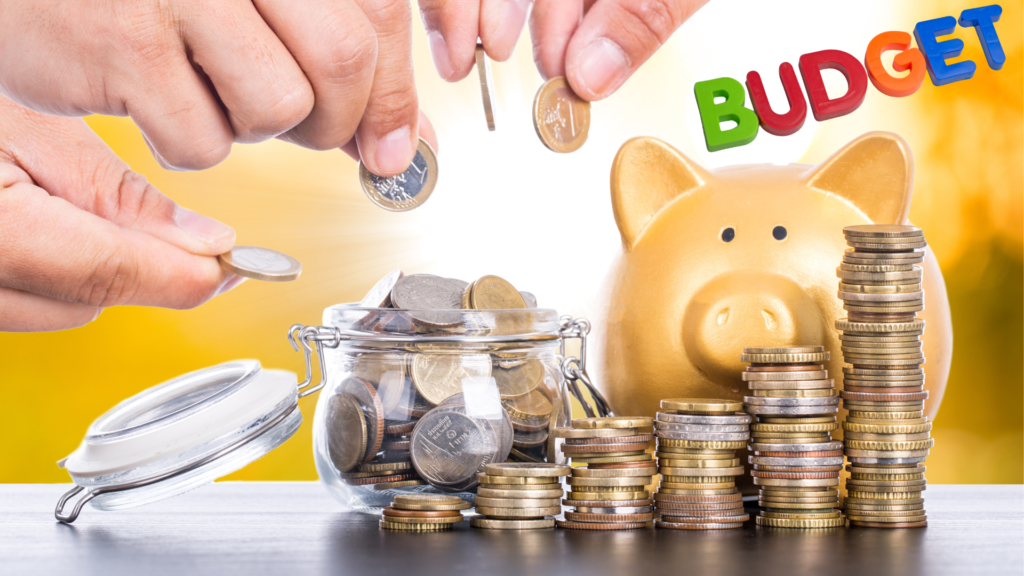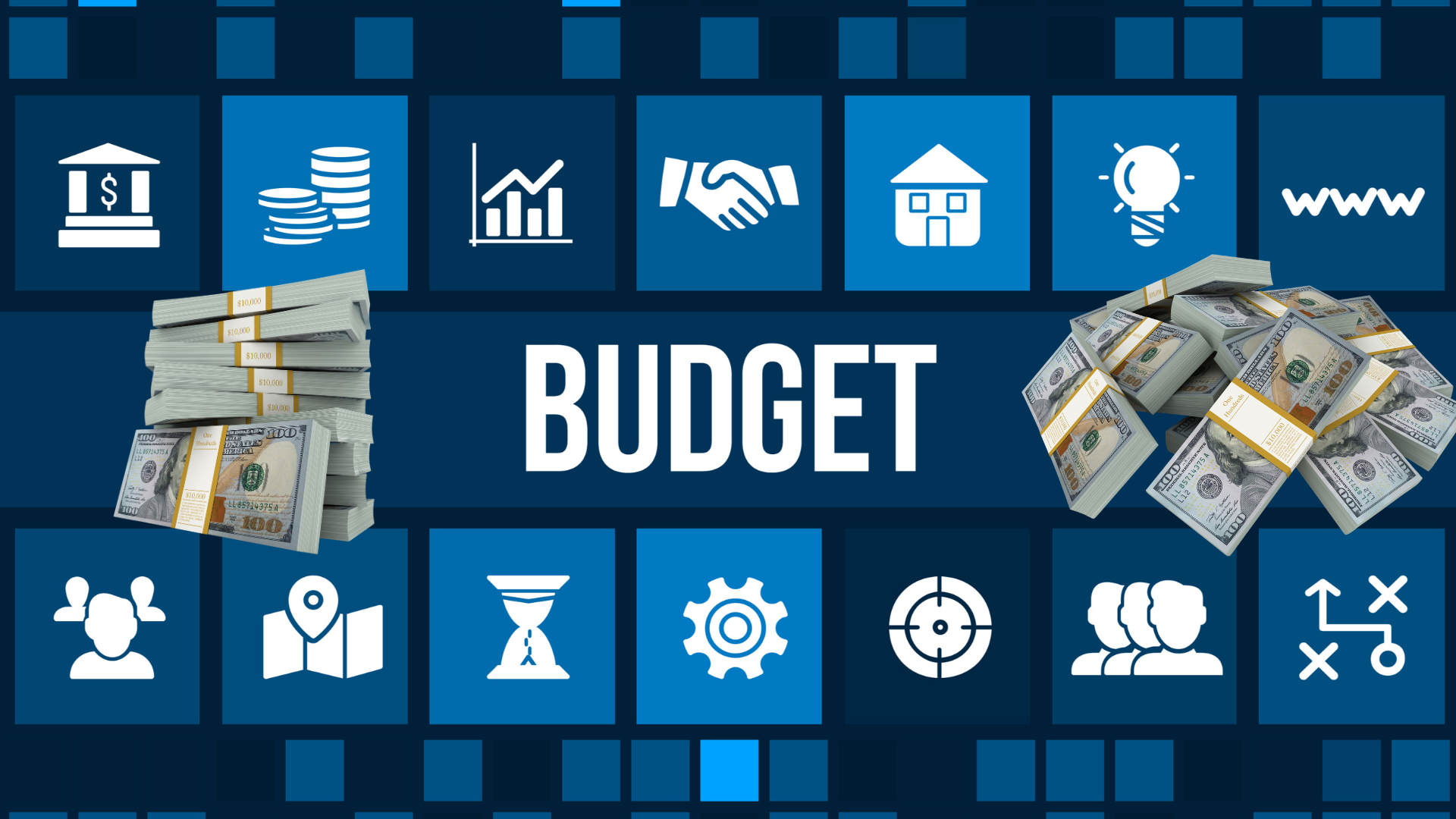Table of Contents
Establishing a personal budget is one of the most powerful steps you can take for your financial stability. A budget proves to you where your money goes, helps you control your spending, and allows you to meet your financial goals. But although many people attempt to draw up a budget, the real challenge is sticking to it. In this article, we are going to show you, with the help of some great hints, how to create a realistic and workable budget for yourself for the long haul.

Why You Need a Budget
Before getting into the technicalities of budget formation, let us first see why budgeting is important.
Control of Your Finances: With a budget, you are in control; you decide where your money goes instead of asking where it went.
Work Towards Your Financial Goals: Whether you’re planning a vacation, buying a house, or retiring, a good budget will keep you focused.
Avoid Going into Debt: Assigning money to every expense helps ensure you don’t overspend–thus avoiding debt.
If you’re determined to take charge of your money, here is how to prepare a workable budget.
Step 1: Track Your Income
The first thing you should do to start a personal budget is figure out the amount of money that you have available for spending. That means:
- Salary: Money you can take home, net of taxes.
- Side income: Any money coming in from side jobs or freelance work.
- Investments: Money coming in from dividends, interest, etc.
- Government Benefits: Any payments that you receive due to government programs (e.g., child benefits, unemployment).
The amount of income you have is the most important part of the budget since it decides how much you can afford to spend and save.
Step 2: Identify Your Expenses
Go through your few-month bank statements and categorize expenses. Following the example, these types are:
- Fixed Expenses: These are bills that have to be paid for the same amount every month- rent and mortgage payments, utility bills, insurance, and car payments.
- Variable Expenses: These are things that money comes out for a household but will change every month, e.g., groceries, gas used for vehicles, entertainment, and dining out.
- Irregular Expenses: These are patchy but necessary expenses like an annual subscription, gifts, or car repairs.
Do not miss line entries small enough to be evaded, for example, coffee or subscription, for they gather like a heap to drain more from your personal budget than you expect. This makes categorizing costs into three types:
Step 3: Set Realistic Goals
Once you understand your income as well as your expenditures, it is time to set financial goals. These will guide decisions of spending and saving. You might have three types of financial goals.
- Short-term goals: To save for a vacation or pay off a credit card.
- Medium-term goals: Saving for a house deposit or starting an emergency fund.
- Long-term goals: Savings for retirement or college funds for your children.
Be specific about your goals. For example, don’t just say, “I m going to save for a vacation.”. Rather decide how much you’ll need to save and by when. This gives a precise target to work towards.
Step 4: Create a Spending Plan
The next step is to create a spending plan! A popular budgeting method is The Rule of 50/30/20:
- 50% for Needs: What you have to spend on essentials- things like housing, utilities, food, and insurance.
- 30% for Wants: These might include things like entertainment, dining out, shopping, and all those other not-so-necessary expenses.
- 20% for Savings: This includes your savings, investments, and your repayment of debt.
The above percentages can be adjusted to fit your very own need. If your Needs use up more than 50% of your income, then you probably have to cut down on Wants or earn some extra money to complete that income through a side gig or freelance working.
Step 5: Automate Your Savings
One excellent way of stick said budget is to automate it with as much as is possible, especially savings. Set up automatic transfers that will transfer a fixed amount every month from the checking account to the savings. You are then saving without having to think about it.
There are other automatic payments for things like bills, ensuring you never miss a payment and never late. Payment options help you avoid late fees and penalties that can be directed back into your budget.
Step 6: Adjust and Reassess Regularly
Personal budgets are not set but need to be changed as one’s circumstances change. With every raise or new job (or sometimes incurring large expenses), adjustments will need to be made to the budget. Check your budget every month so that you know it is functioning for you.

Tips for Sticking to Your Personal Budget
Setting up a personal budget is easy; however, the sticking to it part of it is the hard one. Here are several things that can help you stick to your budget:
- Budgeting Apps: Bucket loads of apps such as Mint, YNAB-you need a budget-and Pocket Guard, to name a few, have sprouted up and can help you track your spending, keep you on your budget, and send you reminders to do it.
- Check Daily Spending: Intense monitoring prevents indulgence in a large number of cases: The less you pay attention to what you are spending, the more likely you will be to indulge. As opposed to once a month, try keeping an eye on your expenses daily or weekly.
- Leave Room for a Fun Fund: While you stick to your budget, you shouldn’t be deprived of fun activities. Rather, treat budgeting for leisure fully as important, so you don’t end up with the feeling of deprivation. Let’s put aside a definite sum insofar fun or dining outside goes so that the activity will be enjoyed with little or no guilt.
- Accountability: Either share your budget with a trusted friend or schedule weekly check-ins with yourself to see how you are doing. Someone else holding you accountable can go a long way in changing things.
- Reward Yourself: If you do meet your budgeting goals, make sure you reward yourself! But don’t go hog-wild; just indulge yourself with a small token of appreciation and remind yourself how much discipline pays off!
Common Budgeting Mistakes to Avoid
- Underestimating expenditures: Most people forget about or underestimate their irregular and monthly expenses, thus derivatively derailing their entire budgets.
- Not adjusting: Sometimes, things unexpectedly happen in life, so your budget should also reflect those changes. Be ready to make budget adjustments when needed.
- Emergency funds do not exist: Without an emergency fund, unexpected expenditures can wreak havoc on your budget. Start with a small target of saving up $1,000 for emergencies and build from there.
Final Thoughts on Personal Budget
You are in yourself with time and real time into making a realistic and intentional budget which would be as practical as following. Know income and expenses to establish realistic and achievable goals and create a spending plan in support of those goals. Gradually, budgeting would really come naturally to the point where it becomes easier to budget than you ever thought possible.
1. How would one make a proper spending budget when their earnings aren’t constant (which freelancing or gigging can be)?
A: Now begins the time of taking a good lifetime average for monthly income for the last 6-12 months. The budget should work on this number with some cushion kept during months of high income to handle recession months. Give priority to hard-set or fixed expenses (rent, utilities) first; things regarding flexible spending (entertainment, dining out) would have to be decided depending on how much is left.
2. Do my partner and I merge our funds or keep them apart?
A: Depending on your financial objectives and comfort level, you’ll know which option is best for you. There are some couples who share bills proportionately in relation to their income, leaving personal spending accounts completely separate. Others will just combine everything under a joint budget. What’s important, however, is to agree upon how to go about it in open communication, reducing the tension and future conflict, to achieve priorities – i.e., saving for a house versus paying down debt.
3. Can some budgeting for unofficial but good transitions be brought into play?
A: Definitely! A practical budget accounts for fun money. If you try to cut out all fun, chances are pretty good that you will give up your budget altogether. Set aside a small amount (5 to 10 percent) for guilt-free spending on hobbies, treats, or a night out; this encourages and motivates you to maintain a balanced approach.
4. How often should budgets be revisited–and what are some red flags regarding when a budget overhaul is necessary?
A: Monthly budget review is necessary to make the small changes now and then like extra spending on groceries. But that is when you are disturbed the most by excessive stress, constant draining of savings, or a big life event new job, baby, or moving which, in such cases, is a full reset. Authentic budget adapts to changes within life instead of being caught in a trap.







[…] basis of financial success is the development of a budget and adhering to it. A budget is very useful in the sense that it shows you how your money is spent […]
[…] years. For example, Amazon’s $13.7 billion acquisition of Whole Foods in 2017 was a capital budgeting decision aimed at dominating the grocery retail […]